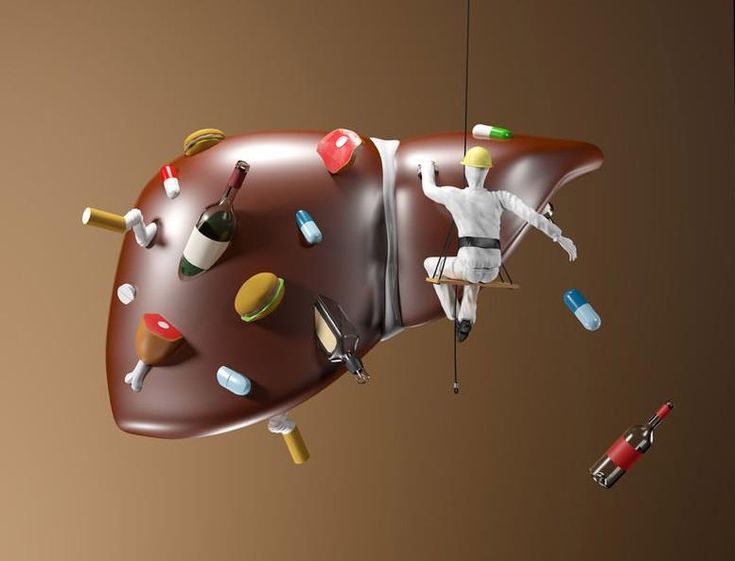Introduction
The liver, the largest solid organ in the human body, stands as a powerhouse within the digestive system. This article embarks on a detailed journey, shedding light on the liver’s structural complexities, multifaceted functions, remarkable regenerative capabilities, prevalent diseases, and crucial health considerations.
Structure
Location and Size
Nestled in the upper right section of the abdomen beneath the protective diaphragm, the liver, on average, weighs around 3 pounds. Its distinctive triangular form comprises a larger right lobe and a smaller left lobe, demarcated by the falciform ligament. Anchored to the diaphragm, the liver finds additional safeguarding through the fibrous tissue of Glisson’s capsule.

Blood Supply
What sets the liver apart is its unique dual blood supply. The portal vein ushers in nutrient-rich blood from the digestive system, while the hepatic artery delivers oxygenated blood from the heart. Within the intricate lobules, millions of hepatocytes diligently execute a myriad of tasks, constituting the liver’s functional units.
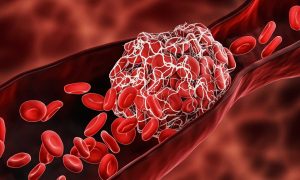
Functions
The liver, an extraordinary gland with a repertoire of over 500 roles, emerges as a linchpin in bodily functions. The pivotal functions encompass:
- Bile Production: Facilitating fat digestion in the small intestine.
- Absorbing and Metabolizing Bilirubin: Navigating the breakdown of hemoglobin.
- Supporting Blood Clots: Spearheading the production of essential clotting factors.
- Fat Metabolization: Converting fats into a digestible form.
- Metabolizing Carbohydrates: Orchestrating the regulation of blood sugar through glycogen.
- Vitamin and Mineral Storage: Acting as a reservoir for crucial fat-soluble vitamins and minerals.
- Protein Metabolism: Assisting in the breakdown of proteins for digestion.
- Blood Filtering: Meticulously eliminating compounds, hormones, and toxins from the body.
- Immunological Function: Standing sentinel as a part of the mononuclear phagocyte system, with Kupffer cells annihilating disease-causing entities.
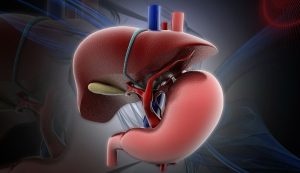
Regeneration
In recognition of its paramount importance, the liver boasts an extraordinary regenerative capacity. From fish to humans, vertebrates share the ability to regenerate the liver, with complete restoration achievable as long as approximately 25% of the tissue remains. The process involves the orchestrated action of compounds such as hepatocyte growth factor, insulin, transforming growth factor-alpha, and others.
Diseases
The liver’s complexity renders it susceptible to an array of diseases, each with its own set of consequences. These include fascioliasis, cirrhosis, hepatitis, alcoholic liver disease, primary sclerosing cholangitis, fatty liver disease, Gilbert’s syndrome, and liver cancer, each posing unique challenges to the organ’s optimal functioning.
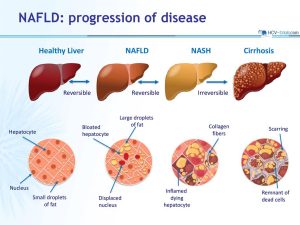
Health Recommendations
Preserving liver health requires conscious choices and adherence to guidelines provided by the American Liver Foundation:
- Balanced Diet: Exercise prudence in fat consumption to prevent overtaxing the liver.
- Moderate Alcohol Consumption: Limiting alcohol intake guards against the development of cirrhosis.
- Avoiding Illicit Substances: Shield the liver from the burden of toxins associated with illicit substances.
- Caution with Medications: Exercise vigilance in managing potential drug interactions, especially when combined with alcohol.
- Protection from Airborne Chemicals: Ensure well-ventilated spaces when exposed to potent chemicals during activities such as painting or cleaning.
- Travel and Vaccinations: Stay proactive by obtaining vaccinations, particularly for hepatitis A and B, when venturing into regions of concern.
- Safe Sex Practices: While there is no vaccination for hepatitis C, adopting safe sex practices contributes to disease prevention.
- Avoid Exposure to Blood and Germs: Seek prompt medical attention if exposed to blood or other potential contaminants.
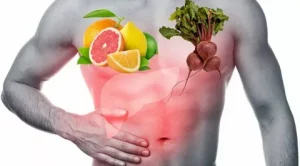
Conclusion
In conclusion, the liver’s pivotal role in digestion, detoxification, and overall health underscores the imperative of cultivating a liver-friendly lifestyle. Through mindful nutrition, caution with substances, and a proactive approach to health, individuals can safeguard this remarkable organ, ensuring optimal functionality and well-being.

